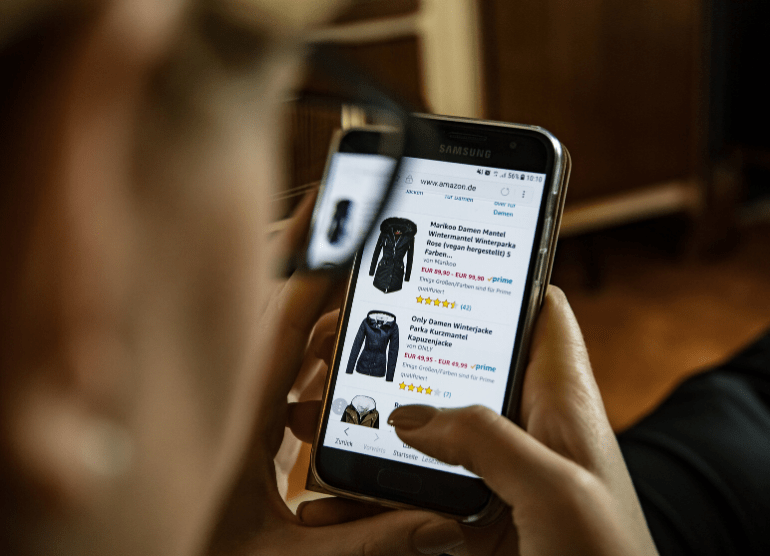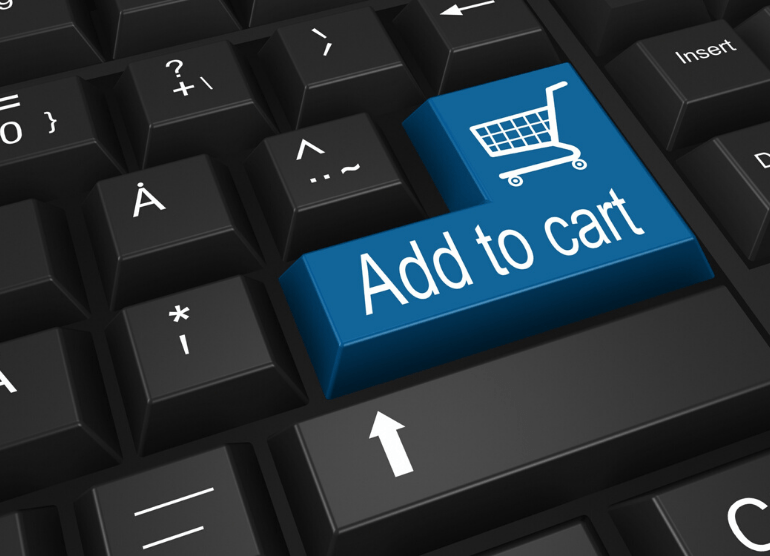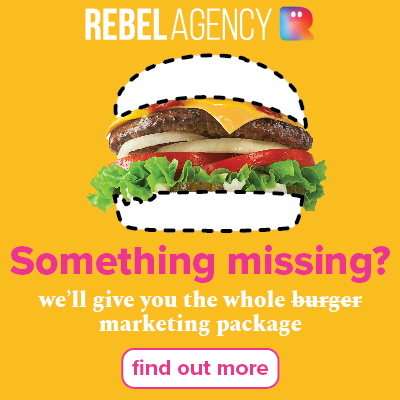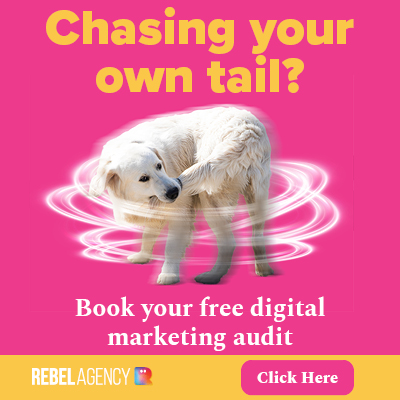What is consumer behaviour and why is it so important that we understand it?
You might think that all your marketing activities should revolve around your product or service, but they don’t. Marketing should revolve around consumers, or if it’s your marketing – your potential customers. These potential customers should be the central point for all your advertising and marketing. Service providers and manufacturers produce what the customers want and as customer behaviour differs from person to person, the person developing the services and the product must really understand why consumers act the way they do to get the best result from their marketing.
Consumer behaviour is the study of knowing how individual customers, groups or organisations select, buy, use and dispose of ideas, goods and services to satisfy their needs and desires. It refers to the actions of the consumers in the marketplace and the underlying motives for those actions. Mapping the consumers buying cycle used to be much simpler and more straightforward. But the way we communicate today, how we source information, how accessible that information is and how we use it to formulate a buying decision is ever evolving. What you did yesterday, won’t be the same today.
Changes in technology have created self educated consumers that often prefer to do the heavy lifting of product research themselves.
As a marketer, your role is to find ways to engage with the consumers and influence their buying journey.
Digital Technology has and is still, influencing the consumer decision making process. Understanding the process your customers go through when trying to buy a product is imperative. Also known as the “consumer behaviour” it is one of the core pillars of marketing theory. Understanding how we as consumers decide to buy something has far-reaching implications for the effectiveness of your business marketing strategy.
To help you build a strategy that works, let’s take a look at the 5 stages of the consumer buying journey.
5 stages of Consumer Buying Journey
- Problem Recognition
- Information Search
- Personal Sources
- Commercial Sources
- Public Sources
- Experiential Sources
- Alternative Evaluation
- Actual Purchase Decision
- Post-Purchase Behaviour
- Satisfaction
When a customer tries and purchases your product or service and is pleased with their post purchase experience. If they have been impressed by the purchase or the product, or even the customer service they have received, there’s a chance that they will give you a positive review and tell their friends about it or most importantly, share their positive experience through social media.
- Buyer’s Remorse
What the consumer expected did not match reality. The consumer regrets the purchase that most likely will not return as a customer again. Communication and data collection are both crucial in order for you to determine which category your consumers fit. Your after sales service and communication is vital to understand post purchase behaviour and shape the customers experience moving forward. Can you do something better? What can you improve? Who better to ask than those that have already reached into their pockets to support your brand? Continue to give value to your customers after the sale by asking them if they are happy with their buying journey with you. It’s the first step to establishing an ongoing relationship with your customer and hopefully repeat business and referrals.

Often the first step of the buying journey involves identifying a problem or a need.
Sometimes, your customers need might be as simple as wanting to be an early adopter, someone who enjoys being ‘first’ to have or use a particular product.
Think back to when you bought your last mobile phone. You may have seen information about the latest Apple IPhone and wanted it (early adopter) or you may have upgraded because your old phone broke down or stopped working (need). When you identified the need or desire, what did you do next? Did you search up information on the internet and buy the first one that popped up or did you do some research first?
The relationship with your customer doesn’t begin and end with the purchase itself. We need to understand what triggers the recognition of a need. It can be internal (personal perceptions and feelings about a product) or external factors (triggered by a friend or marketing.
In order for your business to be the first point of call to solve the consumer’s problem they need to be aware of you. This means building brand awareness and staying top of mind so when the consumer is ready to buy, they think of you.
Brand Awareness is one of the most important marketing strategies a business can employ. If your customers don’t know you exist they can’t use you.

The next step is searching for a solution on how to solve the problem. Let’s take that new mobile phone you are thinking of buying. If your old phone has broken down, you can either research repair shops or you can start looking at new models. Consumers conduct searches internally or externally. An internal search means that the consumer falls back on their personal experiences (I’m an Apple fan) while external search relies on anecdotes from friends and family and probably the internet (your mum tells you to buy an android because they are better).
If the potential buyer has found the product they want and the drive to buy is strong enough, the buyer is more likely to go for it (Hot buyer). If not, the buyer may delay the purchase until they really need it (Warm).
As the consumer becomes better informed about a product or service, their awareness and consciousness increases about the available brands and their features. But, even then their decision can be subject to the influence of other external factors.
A buyer (your customer) researches and makes decisions based on;

The third step in the consumer buying journey is all about comparing different brands and products. After researching a product and building knowledge your customer may decide to research alternative products available in the market. Once the consumer has evaluated the alternatives, they may then may return to step 2 for further research. Once they have all the information at hand, they will consider all products based on suitability, price, convenience and other factors that may be important for them to arrive at a final decision.

At this stage, the buyer has finished evaluating the alternatives and is ready to make a decision. This is the magical moment of truth when the consumer selects a brand to purchase. In the evaluation phase, purchase intentions are developed after the buyer ranks the brand according to all options available to them.
Although the buyer has made a decision to buy, there is still the chance that the purchase won’t happen straight away and may postpone the purchase decision for a variety of reasons. Understanding the reasons people delay purchasing once the decision is made on what brand to purchase is important as it allows you to remove objections and deal with them ahead of time. For example; if price is a stumbling block, time payment options may be an option you can make available to your potential customers. If other brands are on ‘sale’ or beat you on price, you need to sell the benefits or price match.
Congratulations! The consumer has purchased from you and this may result in one of two outcomes;
As a business owner, you need to understand WHY you are in business. If your customers are your number one priority you’ll easily build a plan to work them through the buying journey from start to when they return to spend again. Know what problem you are solving for your customer, promote the solution and keep your brand top of mind all the time, so when the consumer is ready to buy, you come to mind first. Respect your customers because repeat business is easier to build and cheaper than finding new customers.
Related Article: How To Do Digital Marketing In 2019




